In the past few months, I was writing a new book about photography, so I was so busy that I did not leave a few words in Auntie Zhang except for a few swear orders by Sadako. Seeing that the year was over, the manuscript was also cut short. Aunt Zhang's original was not there yet. The landlord suddenly thought that it would be better to simply do a spoiler in Aunt Zhang before the publication of the new book. Before the two articles on the post-processing seem repercussions fairly good, there are many students still have some unrequited look. However, this time we temporarily press the late table, back to talk about the previous period. After all, the early period is the basis of the late period, there is no good pre-phase, and there is limited room for further playing in the later period.
Before you begin, show the landlord's previous book:
 Take this way on the road! - Super simple travel photography book 29.4 yuan landlord's previous photography book Dangdang direct link
Take this way on the road! - Super simple travel photography book 29.4 yuan landlord's previous photography book Dangdang direct link With a bit of luck, the book has long occupied the top 3 of Dangdang's "travel photography" category of book sales (not counting your own sales order). The landlord thinks that in addition to cover typesetting, it is slightly out of date (editing taste, No way), from the content to the quality is fairly reliable. In view of the landlord himself is not selling books, so this Amway should not be regarded as advertising, please Zhang Aunt Xiaobian noble hand.
Now this new book, the landlord personal feel in content and form than the previous one is still not a small improvement, so this list of articles should still be more worthy of the big guys expect. After all, you can read it now without spending money. Of course, if you are already a master, you are welcome to submit your opinions and suggestions.
Do not talk about nonsense, this will be the subject.
========================== Gorgeous Segmentation Line ===================== ====
At the beginning of this series, I would like to start with the question of composition. Why, because I think composition is the most important skill, its importance is more than exposure. There are three reasons for this:
1. Many exposure problems are salvageable in the later stages, while most of the compositions are not (except for cropping).
2. The composition determines the basic idea of ​​a photo, which is what you want to express through the photo. Photography is not a pure record of the real world. Instead, it uses a camera as a tool to establish a bridge between the real world and the subjective creativity of the photographer. This is why in the same place, some people's photos can take the National Geographic Photography Award and some people's photos make a circle of friends. For photography, the bridge is its bridge.
3, composition reflects a person's aesthetic taste and perspective, this and even the camera are not related, but only an aesthetic problem. So if you can't grasp the correct exposure, then at most it is the camera's operation is not skilled, and if you do not make a reasonable composition, there is a problem with the aesthetic level.
Therefore, based on the principle of solving the first problem first, I will put the composition on the front. Of course, we can only talk about some basic rules that are easy to summarize here. Really good composition requires the flexible use and breaking of these basic rules. The so-called law of indefinite law is not broken. This is the truth.
Three-point composition methodThe three-part composition method is the most basic composition method. Every photographer who is getting started must use it skillfully. This is similar to Zhang Wuji's Wudang Changquan. He can't do this without learning. However, despite its foundation, the application of the three-part composition method is still the most extensive. Even if you can go to National Geographic or Magnum for a job, a lot of your photographs still use a three-part composition method. Of course, this time the composition of the three-point structure in your hands may actually reach the point where you can use the perfect match. It is like knowing Zhang Wuji of the nine-yang magic, even if you play a set of Wudang long-changing punches.
The so-called three-part composition method is to imagine the entire picture as a nine-square grid, and let the main elements of the picture be distributed around one or several division lines of the nine-square grid. In this way, the elements on the screen always occupy 1/3 and 2/3 of the ratio. This ratio can be horizontal or vertical, and then the subject on the screen (such as the face of a person, the flower core of a flower) is basically Located at the four intersections of Jiugongge.
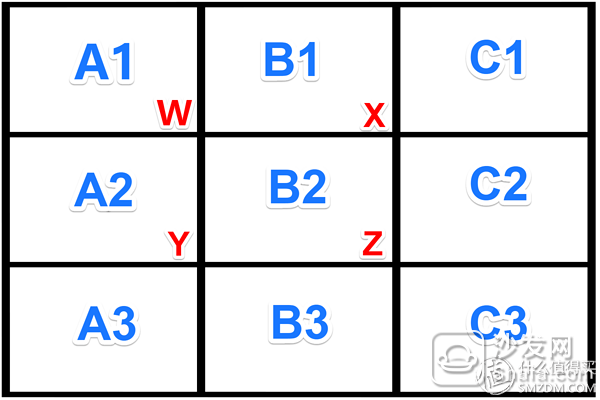
For example, if this picture is your picture, then the three-part composition method basically divides the picture into one line and two lines and three lines. For example, if the sky occupies one line, the scene on the ground occupies two or three lines, or In turn, the sky is the first line and the second line is the third line of the scenery on the ground. The specific part contains more content. If it is vertical, then the left part occupies column A, the right part occupies column B and C, or vice versa. The left occupies two columns A and B, and the right column C. Of course, the screen can also be divided into three parts, each occupying one third, and even an element can occupy a grid alone. All of these are called three-part composition. If the picture has foreground subjects such as people, flowers, animals, etc., then basically put it near the dividing line, the most important focus (people's head, flower's flower core and the like) is placed in W, X, Y, Z at the four intersections. Give a specific example:
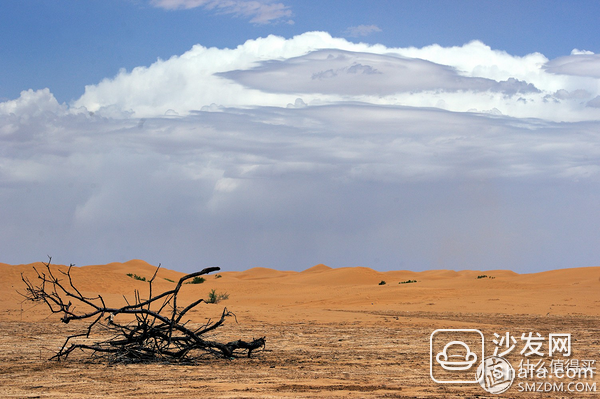
This photograph taken in the Tengger Desert in Inner Mongolia is a very standard three-part composition. If you divide it with a box, you can clearly see how the elements on the screen are divided:
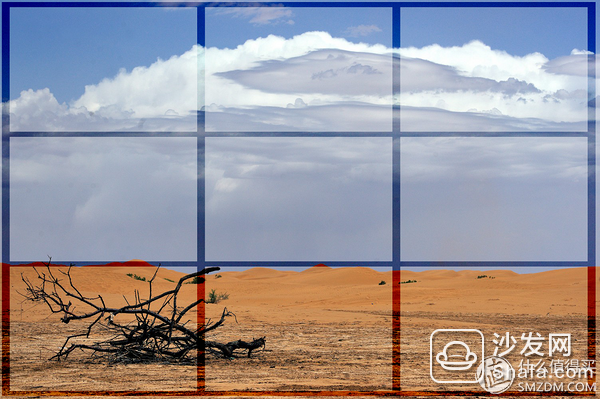
The picture is divided into three parts from top to bottom. The top is a flying saucer-shaped cloud, the middle is the background cloud below, and the bottom is sand. The dead wood in the foreground is placed in the bottom left corner of the grid.
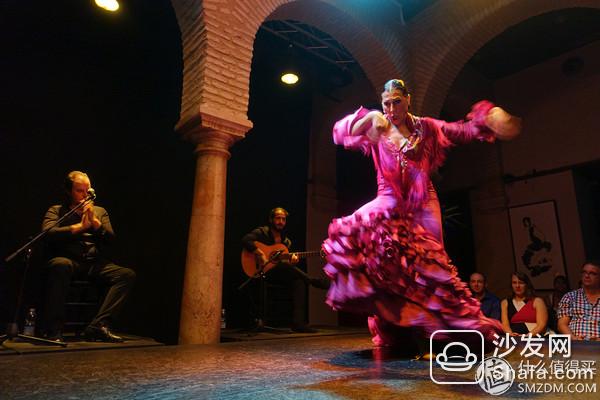
This picture is a portrait of a flamenco theater in Seville, Spain. It also uses a three-point composition:

The dancers and the posterior columns are placed on the two vertical dividing lines. The dancer's head is basically located at the intersection of the upper right corner, naturally dividing the screen into three equal parts.
These photos did not carefully calculate the split ratio of the picture when shooting, but naturally took the picture with the most comfortable composition, but afterwards you can see that the proportion is very accurate, almost the same as using a ruler ( It is definitely not afterwards.) This aspect shows that the composition of the three-point composition method is already familiar to me. It is as good as selling meat in the market. We do not need to exceed the scale to know a few kilograms or two. On the other hand, it also shows that the composition of the three-part composition is very consistent. The compositional mode of natural aesthetics often coincides with the most comfortable state of the human eye.
When using the three-part composition method, do not be dogmatic. One-third of the screen ratio is just a guideline, and it is not necessary to accurately compose the image in the actual shooting time. According to the actual content of each part of the screen, it is entirely possible to properly adjust the proportion of them to achieve a reasonable photo effect.
More examples:

Location: Israel, Tel Aviv Mediterranean. The figures and the sea level are located one third of the horizontal and vertical positions, respectively.
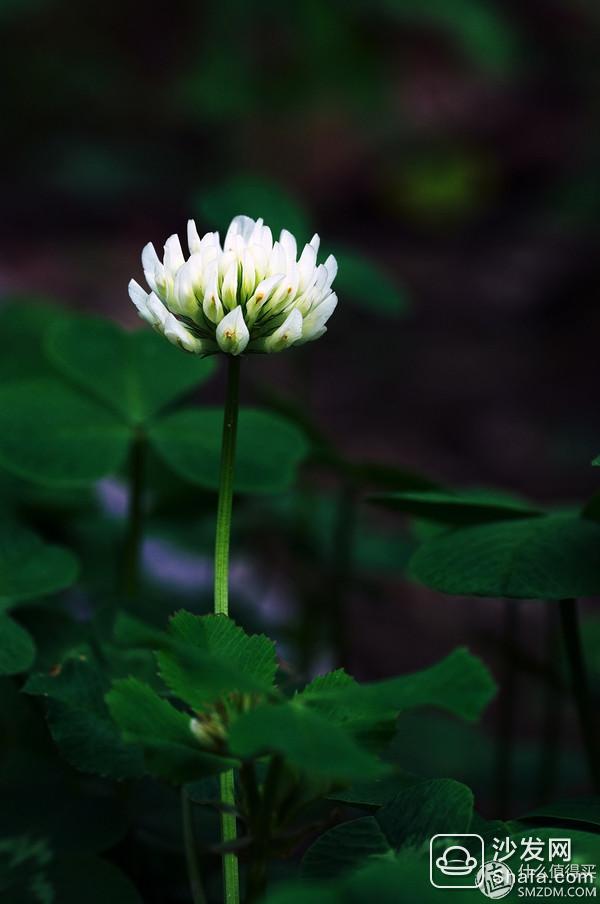
Location: Shanghai urban green space. The clover flower is located on the three-point line of the picture, and the position of the flower is the intersection of the nine-square grid on the upper left.
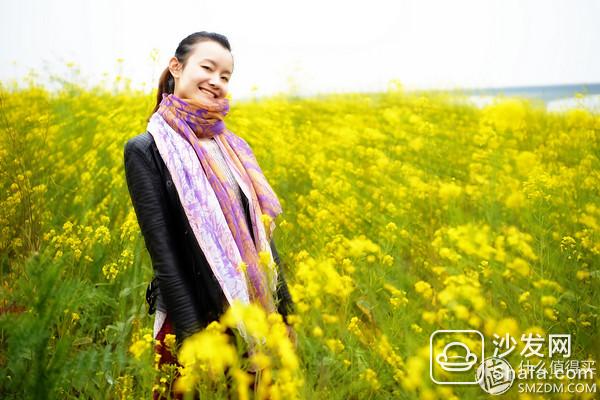
Location: Changsha Xiangjiang River. The person's position is located on the horizontal three-point line, and the person's face should generally face the inside of the screen (the space is larger).
Slash patterningThe slashed composition method is also called diagonal composition method, and refers to a composition method that allows the screen to be tilted at an angle. The reason I don't use the word diagonal is because the angle of tilt doesn't necessarily have to be parallel to the diagonal of the picture (in most cases it is not).
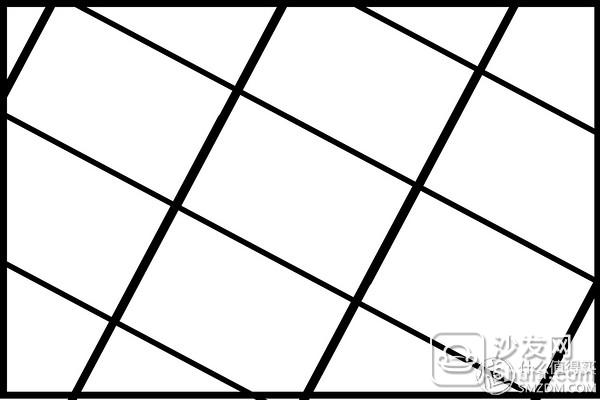
Generally, the slash composition can be any angle. For example, like the wireframe above, you can basically understand that the original ternary composition is given a certain angle, but the proportion may not necessarily be three. Slash composition is used more when using wide-angle or ultra-wide-angle lenses. The main purpose is to use the length of the rectangular diagonal to accommodate some objects, and to create a proper visual impact, or make the screen look less dull . In addition, some things are oblique on their own, and of course they are oblique.
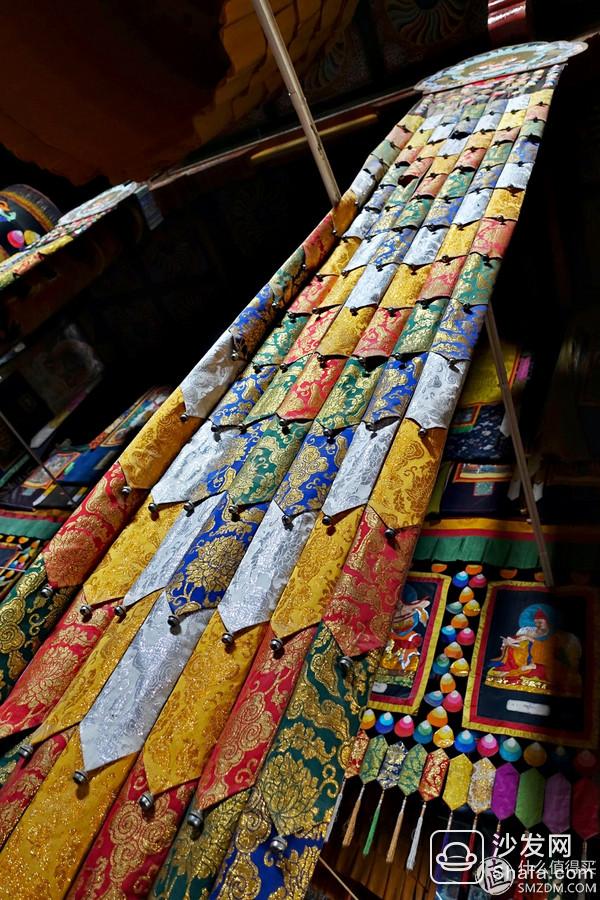
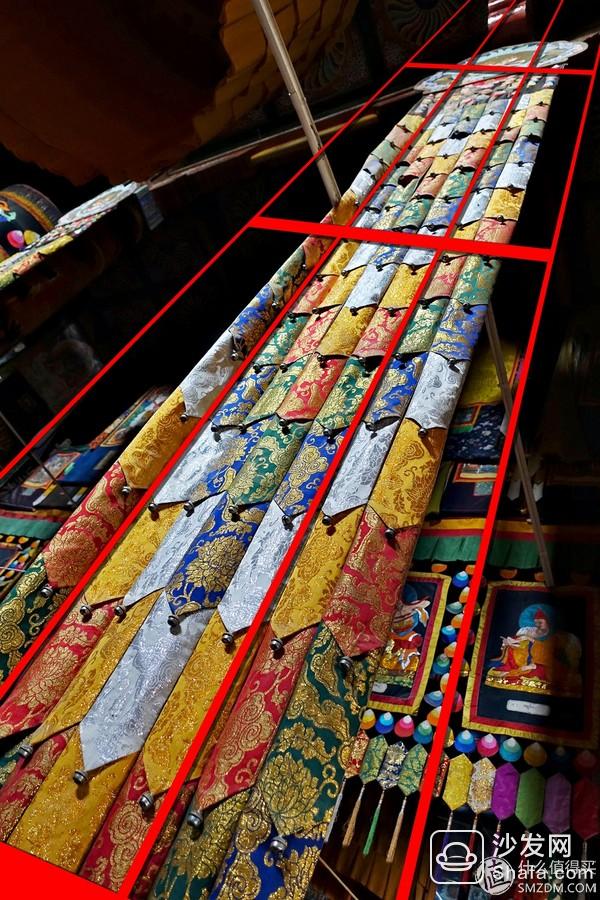
This photograph taken at Zhaohua Temple in Inner Mongolia is a typical diagonal composition. Because the warblers are very long, let it occupy the diagonal line, combined with the elevation angle gives a visually majestic feeling.
Let's look at an example:

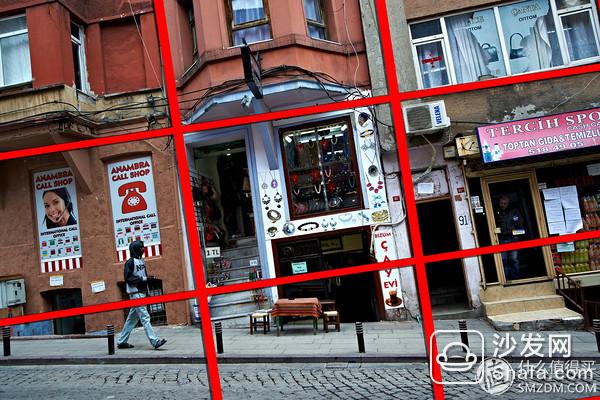
This picture was taken in Istanbul, Turkey, and is a relatively alternative use of oblique line composition. In fact it is a slope, the ground is oblique, and the house is straight. But I purposely turned the camera to make the ground flat, and the house became oblique, so it looked more interesting. If you take it honestly, the effect is probably the same (rotation of the original picture):
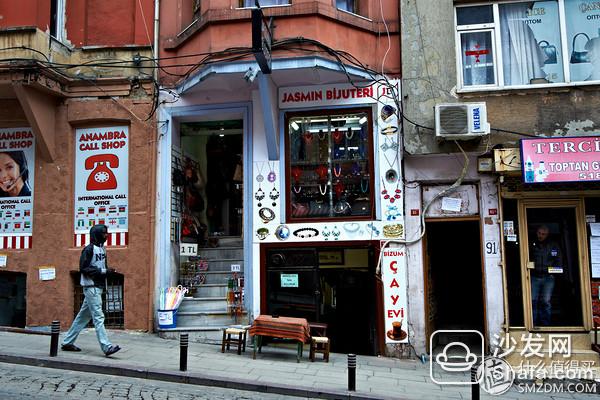
You can compare it with the original image and it looks different. Don't underestimate it. Turning on the camera's difference, it's not difficult to turn around, but can you think of turning around in this place, reflecting your level of hierarchy?
When using slashes to compose the image, it is generally avoided to divide the entire screen accurately in accordance with the diagonal lines, which tends to be extremely rigid. It is more appropriate to reverse a certain angle or to translate a certain distance up and down. In addition, slashes are not deliberately composed, and many subjects are not necessarily suitable for this composition method.
More examples:

Filming location: near Xin'anjiang, Shitan County, Anhui Province. The close view of the rape is arranged obliquely, dividing the picture into two parts along the diagonal. You can naturally use slashes.

Location: Great Mosque of Cordoba, Spain. After the mosque was expelled from the Muslims, the mosque was converted into a Catholic church. It mixed two distinct artistic styles in the interior - most of the area preserved the Islamic style of the mosque, and the temple that was stamped in the central area was a Renaissance style. The location where this photo was taken is exactly the dividing line between the two. The color, shape, and keynote of the two parts contrast strongly. Diagonal lines here make the most efficient use of screen space and express the shape of the building. If it is horizontal or vertical, the picture will not be enough.

Location: Tengger Desert. The small beetle is climbing on the sand and is itself an elevation angle. The lines of sand naturally form lines. If you take a picture like this, it will look boring.
Symmetrical patterningSymmetrical composition methods are relatively rare. As the name implies, the picture taken with this composition method is symmetrical. The junior high school geometry textbook tells us there are two kinds of symmetry: axisymmetric and central symmetry. Generally referred to here is axisymmetric.
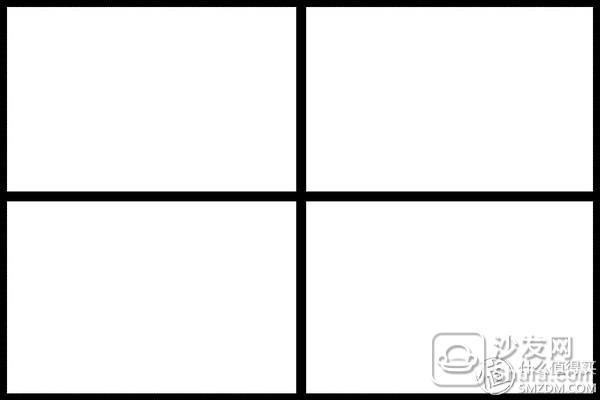
Symmetrical composition methods are often used to shoot things that are originally symmetric, such as buildings (symmetry), water reflections (symmetry), reflecting a dignified and neat effect. This composition method is easy to judge because it can be used, so it is easy to fall into the routine. The general remedy is to add some elements that can break symmetry, such as people, animals, plants, or still life. Many times there is not such a thing that breaks symmetry to distinguish whether you are a master or a rookie.
Or look at the example:
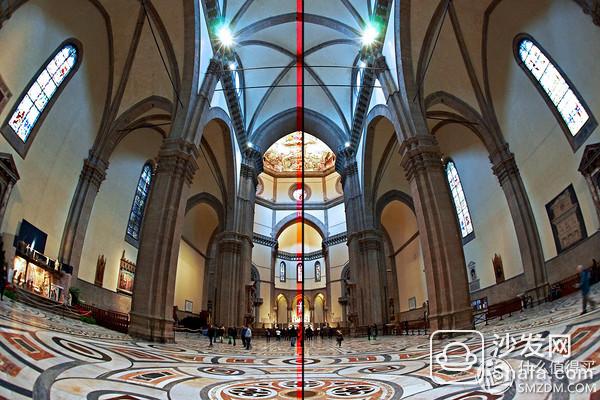
This picture taken at the Cathedral of Santa Maria del Fiore in Florence, Italy is typical of a symmetrical composition, because the church itself is a symmetrical structure. This kind of symmetrical composition shows the solemn grand beauty of the church.

Looking at another example, the reflections in the Mount Sinai of Mount Aden in Sichuan and the Zhuomara at the foot of the mountain form a symmetrical symmetry. This kind of composition is also a standard shooting method similar to the scene, basically even if it is a rookie who just took the camera for a few days standing in this position also knows to shoot.
Using symmetrical composition, we must try our best to find something that can break symmetry in order to increase the vividness of the picture. Such things can be a person, an animal, or anything else. The element of breaking symmetry must be large enough to attract people's attention, but it cannot be too large to avoid breaking the overall balance of the screen.
More examples:
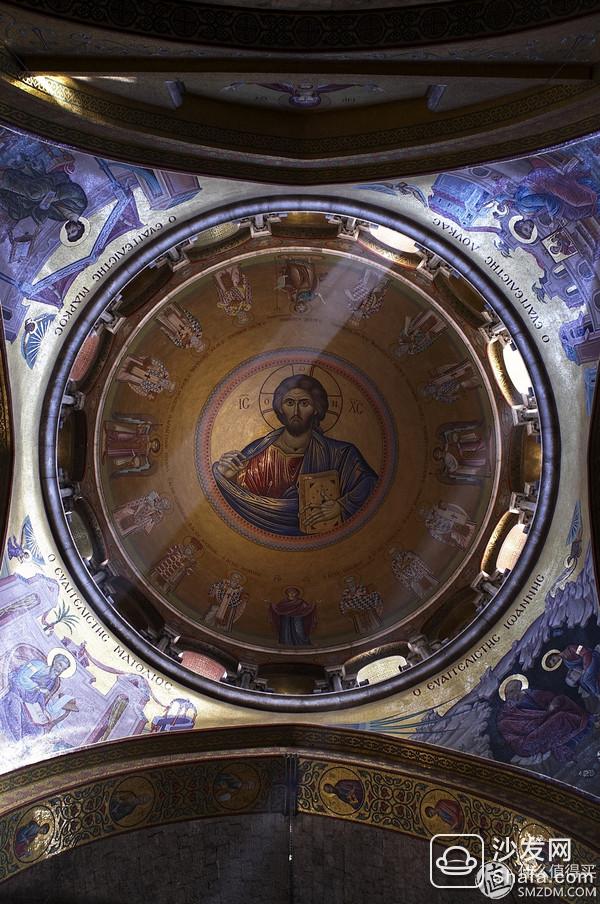
Location: Jerusalem Church of the Holy Sepulchre, Israel. This church legend is the land of Jesus' resurrection. This picture is taken from the dome of the church. The composition is longitudinally axisymmetric. A diagonal light on the screen is the key element to break the symmetry.
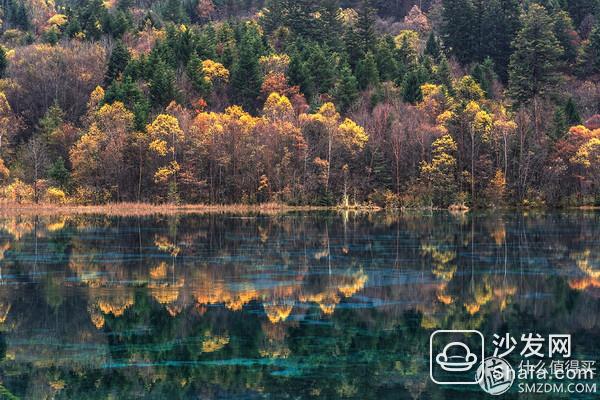
Location: Jiuzhaigou, Sichuan. In this horizontally symmetric photograph of the reflection, it is not something that breaks the symmetry, but two different textures. Although the reflection of the tree is exactly the same, the color of the bottom of the water appears through the surface of the water, making the positive part of the lower part not the same as the upper part.
Central Composition MethodThe so-called central composition method means that a vanishing point appears in the picture, which is the intersection of all perspective lines. This vanishing point does not necessarily have to be at the center of gravity of the picture, but can include any position near the edge. Sometimes the vanishing point does not necessarily have to be a point, as long as there are lines that can guide people's eyes to converge to that position, and they can be counted as a center composition.
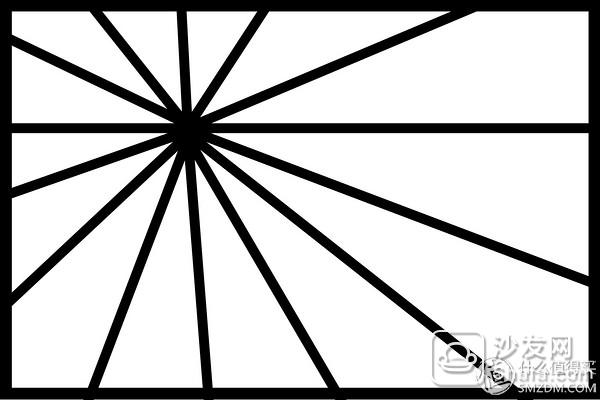
The central composition method is characterized by being able to focus people's attention on a certain place on the screen and show a strong sense of perspective. This composition method is often used when photographing scenes with a large depth in themselves. , such as promenades, ladders, etc.

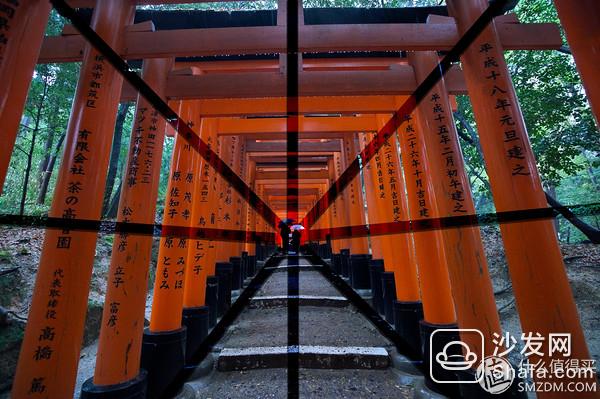
This photo was taken at the Fushimi Inari Taisha Shrine on the outskirts of Kyoto, Japan. It is famous for its hill-topped torii (a unique building of a Japanese shrine, similar to the Chinese archway). Standing in front of a scene with such a symmetric form and a sense of depth, the central composition method is a natural result. Although the middle two people are small, they are very important elements on the screen. Without them, this becomes a waste film.

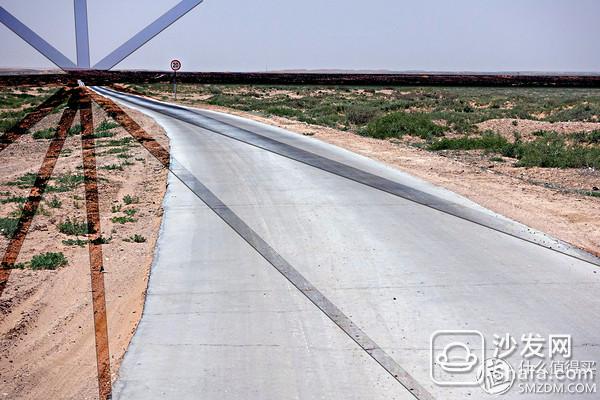
This photograph taken near Yinchuan is actually a central composition. Although the vanishing point is very close to the edge of the screen, it is still easy to find. When your line of sight looks down the road to the far side, it is actually the process of being guided to the vanishing point by this composition. This feeling of distance and space is a unique effect of the central composition method.
The point of using the central composition method is the same as the symmetrical composition. If it is not necessary, avoid using the center of the picture. Otherwise, the picture may not look lively. In addition, using the necessary elements to decorate the stereotyped lines pointing to the center is also a way to increase the anger of the screen.
More examples:

Location: Grand Palace, Bangkok, Thailand. In general, such promenade with columns is the hardest hit area of ​​the central composition method. Why do you say that it is a hard-hit area, because everyone will think of it, so it's even harder to think of it. This woman sitting at the end of the corridor is the key element.
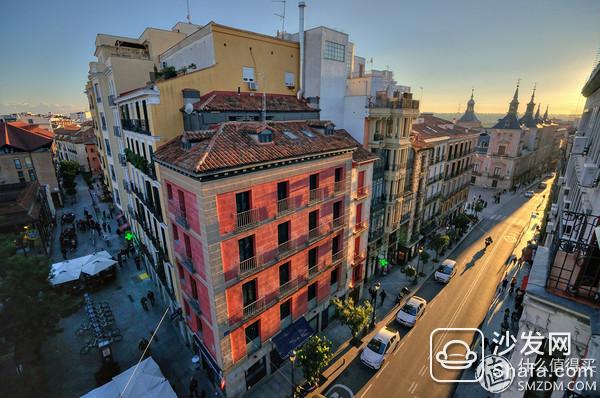
Location: Madrid, Spain. This figure shows that there can be only one center point. According to the needs of the screen, there may actually be two center points (in view of the range of camera angles, two or more seemingly unlikely).
Tiling methodThis name was invented by me. You may not find it in any other photography book. Tile composition is not so much a composition method as it is a way to avoid composition. Of course, this method is also effective on specific objects. That is so mysterious, what is the tile composition method? To put it simply, let the whole picture be filled with some similar elements that do not seem to have the same level of sense. Use a lot of repetition to create the scale effect and bring about visual impact.

This method of composition is only useful in some very specific situations, such as shooting something with a significant texture or regularity, such as flowers, the wall of a building, and so on. It must be noted that monotonous repetitions are tedious and that the way of tiling must have a certain degree of randomness, or there must be one or several things that break this repetition rule on the screen.

For example, this photo was taken of a ginkgo leaf scattered on the sidewalk and a similar tiled composition method was used. The picture does not have any three-dimensional feeling, just like a wallpaper. The texture of the tile itself is a complete mechanical repetition, and the ginkgo leaves that appear to be irregular above break the dull repetition rhythm.
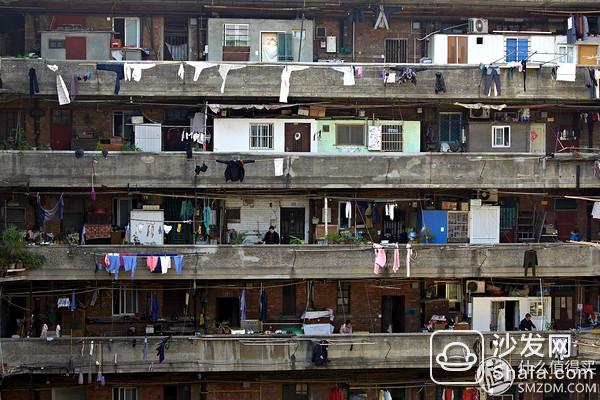
This photo was taken at the Longchang Apartment in Shanghai and it also uses a tiled composition method. The balcony of the apartment floor itself is a very monotonous and repeatable structure, but the items on each floor balcony are different from those of people. It shows a strong randomness and makes the screen less rigid. At the same time, this repetitive structure shows the huge, crowded and dilapidated buildings.
The key point of tiled composition is that you can find scenes suitable for this composition method. The objects photographed must be scattered without confusion, repeated but not monotonous, and have a certain degree of interest. In real life, such scenes are actually rare, and if they are used reasonably, they can make big movies.
More examples:
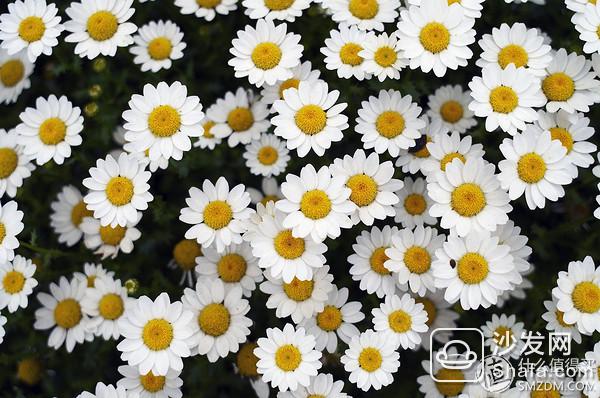
Location: Shanghai Park. This flower is more suitable for tiled composition, because it is very dense, it is very consistent. When shooting, pay attention to choose a place with a dense, so that the picture appears more balanced.

Location: Tengger Desert, Inner Mongolia. The grain of sand is also a kind of tiled method, because there is no regular pattern, and it can naturally exhibit a beautiful patterning effect. The little bug in the picture is an ornament that breaks the repeating pattern.

Location: Dongyangshan Deep Water Port Container Terminal. Containers are also a lot of repetitive things, and in spite of the same shape, colors and patterns are different, and natural materials become a good material for tiling. The crane can serve as an element that breaks the repetition.
to sum upThe above describes the five most basic composition methods. Of course, in fact, the composition of the method is ever-changing. Even these five kinds can be combined with each other into many different variants. This is similar to Linghu Chong's orphan sword, which sounds like only nine. A handle, but flexible use can be powerful. It can be said that composition is one of the most varied aspects of photography, and it is also one of the most needed areas for training and thinking. The so-called living old, learning old, old, old age.
There are so many moments about composition. Next question about exposure, so stay tuned.
One Digit Led Display,Two Digits Led Display,Three Digits Led Display,Four Digits Led Display
Wuxi Ark Technology Electronic Co.,Ltd. , https://www.arkledcn.com